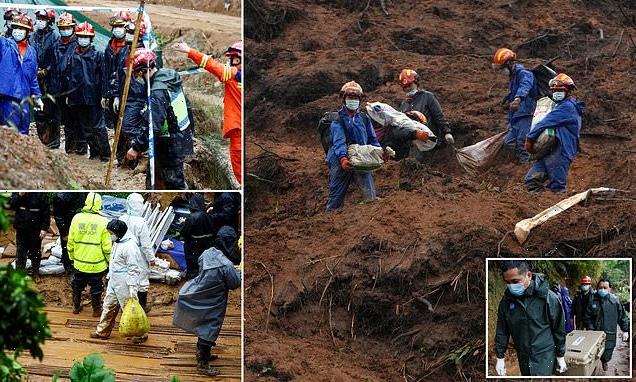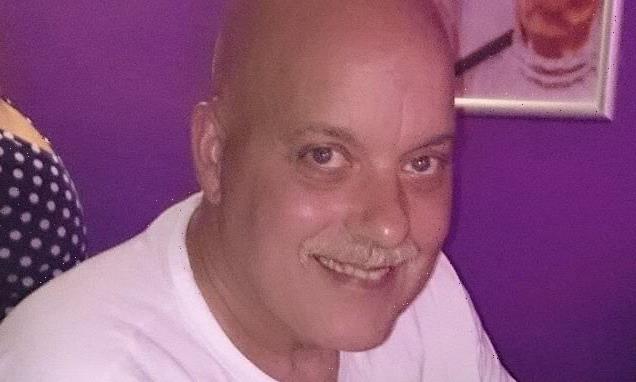THE prostate is a reproductive gland, located between the penis and bladder, which helps produce sperm.
All men have this walnut-sized gland, but few know how it works or what happens if it is removed. Here's the lowdown…
What does the prostate do?
The prostate is a small muscular gland located between the base of the penis and the bladder, surrounding the urethra.
Its role is to secrete prostate fluid which is one of the components of semen.
The prostate's main function is to produce the thick white fluid that mixes with the sperm produced in the testicles, to create semen.
The muscles of the prostate gland help propel this fluid into the urethra during ejaculation.
As men get older their prostate often enlarges.
Benign prostate enlargement (BPE) causes men to urinate more frequently and is a common medical condition in men over 50.
BPE does not make a patient more likely to develop prostate cancer, however.
The causes of prostate cancer are largely unknown, although research suggests that it's linked to obesity and family history.
READ MORE ON PROSTATE CANCER
RED FLAGS As Jools Holland shares prostate cancer diagnosis – the six signs to never ignore
Find out how Jools Holland is doing after cancer revelation
The red-flag toilet habit that means you could have killer cancer
The 30-second online test that can predict if you'll get prostate cancer
According to Cancer Research UK, prostate cancer is the most common cancer in men, with over 52,000 new cases each year.
in 2021, The Sun revealed that over half of men don't know where the prostate is.
Can you live without a prostate?
Although the prostate is essential for reproduction, it is not essential to live.
In cases where the cancer is contained to the prostate it can be surgically removed through a prostatectomy.
A radical prostatectomy involves removing the entire prostate gland, the surrounding tissue, and some of the seminal vesicles.
Alternatively, laser prostatectomies can be effective as the least invasive type of prostate removal.
The most common prostatectomy is the transurethral resection of the prostate (TURP).
TURPs involve removing part of the prostate gland using a resectoscope which is passed through the urethra – this procedure is commonly used for people with an enlarged prostate.
In come cases prostate cancer can be treated with radiotherapy.
What happens when you have it removed?
In some cases prostate cancer can be managed, but if there is a fast-growing tumour and the cancer has not spread, removal is often the best option.
According to Prostate Cancer UK, the side effects of prostate surgery can include: erectile problems, incontinence and reduced libido.
Issues with bladder control immediately after surgery are common but are said to improve over time.
Prostate Caner UK advises that doing pelvic floor exercises before the operation could aid recovery and prevent urinary problems.
After removing the prostate, often the patient will be cured of prostate cancer.
But side effects of prostate removal include: urinary incontinence and erectile dysfunction as well as loss of sexual sensitivity and libido.
Because the prostate is needed for reproduction, it is not possible for a man to father children naturally after having a prostatectomy.
It's important to make an appointment with your GP if you experience the symptoms of prostate cancer.
According to the NHS website, symptoms of prostate cancer can include:
- Needing to pee more frequently, often during the night
- needing to rush to the toilet
- difficulty in starting to pee (hesitancy)
- straining or taking a long time while peeing
- weak flow
- feeling that your bladder has not emptied fully
- blood in urine or blood in semen
Source: Read Full Article







